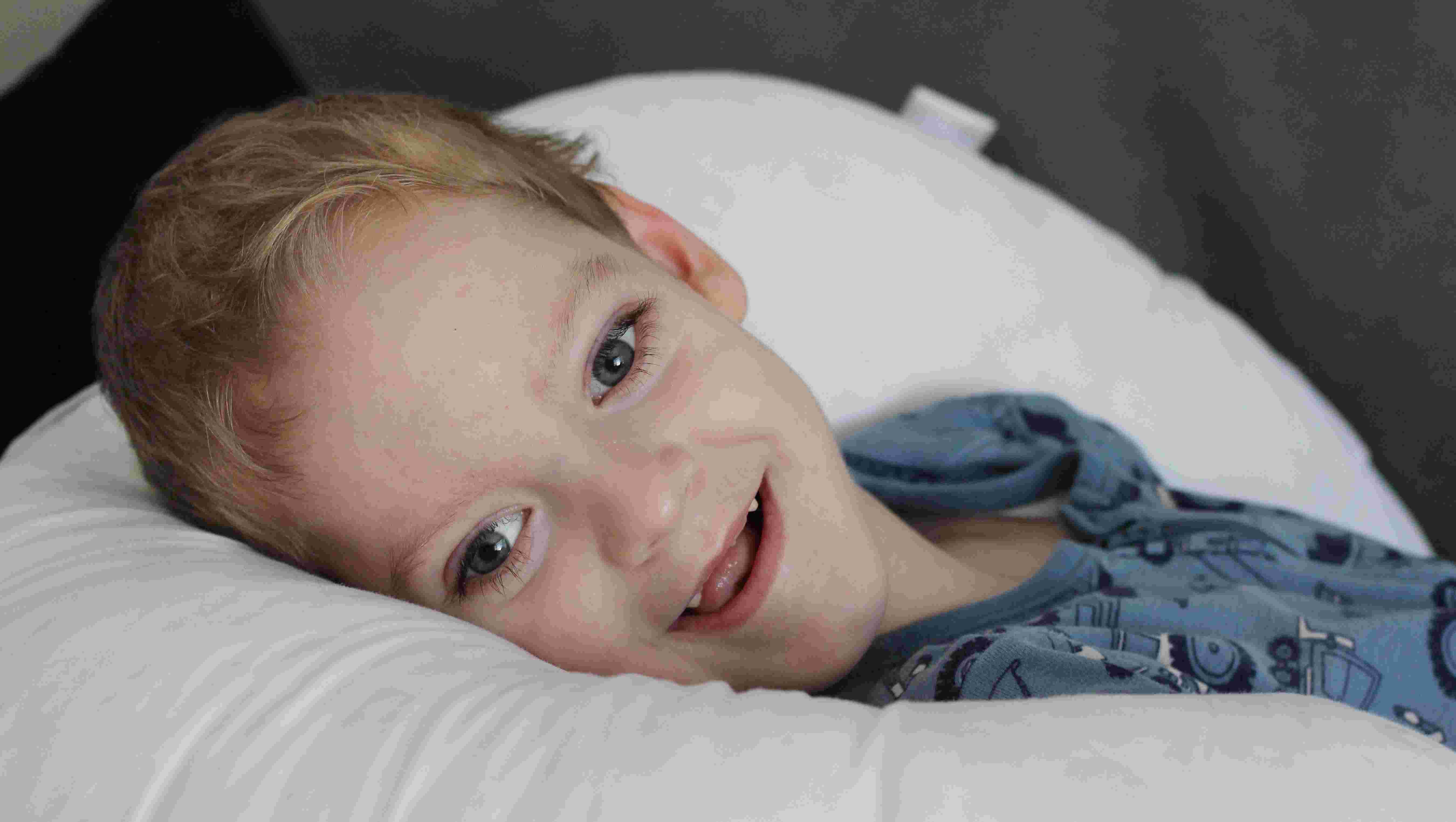
Allan–Herndon–Dudley Syndrome is a rare genetic disorder that affects brain development and muscle function. Caused by mutations in the SLC16A2 gene, this condition primarily impacts males. Symptoms often include severe intellectual disability, weak muscle tone, and limited movement. Diagnosed through genetic testing, understanding this syndrome can help families and caregivers provide better support. Treatment focuses on managing symptoms since there is no cure yet. Learning about this condition can raise awareness and foster a supportive community for those affected. Here are 22 facts to help you grasp the essentials of Allan–Herndon–Dudley Syndrome.
What is Allan–Herndon–Dudley Syndrome?
Allan–Herndon–Dudley Syndrome (AHDS) is a rare genetic disorder that affects brain development and function. It primarily impacts males due to its X-linked inheritance pattern. Here are some intriguing facts about this condition.
-
AHDS is caused by mutations in the SLC16A2 gene. This gene is responsible for producing a protein that helps transport thyroid hormones into brain cells.
-
Thyroid hormones are crucial for brain development. Without proper transport, brain cells can't develop or function normally, leading to the symptoms of AHDS.
-
AHDS was first described in 1944. Drs. William Allan, Florence Herndon, and C. Nash Herndon identified the syndrome in a family with multiple affected males.
-
Symptoms usually appear in infancy. These can include poor muscle tone, developmental delays, and intellectual disability.
-
Affected individuals often have distinctive facial features. These may include a broad forehead, deep-set eyes, and a small chin.
-
Motor skills are significantly impacted. Many individuals with AHDS have difficulty walking, sitting, or controlling their movements.
-
Speech development is severely delayed or absent. Most affected individuals are non-verbal or have very limited speech abilities.
-
Seizures are common in AHDS. Many individuals experience epilepsy, which can be challenging to manage.
-
AHDS affects males almost exclusively. Females can be carriers of the mutation but typically do not show symptoms.
-
Carrier females can have mild symptoms. These may include learning difficulties or subtle motor issues.
-
Diagnosis is confirmed through genetic testing. Identifying mutations in the SLC16A2 gene confirms the diagnosis of AHDS.
-
There is no cure for AHDS. Treatment focuses on managing symptoms and improving quality of life.
-
Physical therapy can help improve motor skills. Regular sessions can aid in muscle strength and coordination.
-
Speech therapy is beneficial. Even if speech is limited, therapy can help with communication through alternative methods.
-
Seizure management is crucial. Medications and other treatments are used to control epilepsy in affected individuals.
-
Nutritional support is often needed. Some individuals may require feeding tubes or special diets to ensure proper nutrition.
-
Life expectancy varies. With proper care, individuals with AHDS can live into adulthood, though they may have significant health challenges.
-
Research is ongoing. Scientists are studying the SLC16A2 gene and thyroid hormone transport to find better treatments.
-
Support groups are available. Families affected by AHDS can connect with others for support and information.
-
Awareness is increasing. Efforts are being made to educate healthcare providers and the public about AHDS.
-
Early intervention is key. Starting therapies and treatments early can improve outcomes for affected individuals.
-
Genetic counseling is recommended for families. This can help families understand the risks and implications of AHDS.
The Final Word on Allan–Herndon–Dudley Syndrome
Allan–Herndon–Dudley Syndrome (AHDS) is a rare genetic disorder that affects brain development and muscle function. Understanding AHDS can help families and medical professionals provide better care and support. Early diagnosis is crucial for managing symptoms and improving quality of life. Genetic testing plays a key role in identifying the disorder. While there's no cure yet, therapies and interventions can help manage symptoms and improve daily functioning. Raising awareness about AHDS can lead to more research and better resources for those affected. If you suspect someone might have AHDS, consult a healthcare professional for guidance. Knowledge is power, and staying informed can make a significant difference.
Was this page helpful?
Our commitment to delivering trustworthy and engaging content is at the heart of what we do. Each fact on our site is contributed by real users like you, bringing a wealth of diverse insights and information. To ensure the highest standards of accuracy and reliability, our dedicated editors meticulously review each submission. This process guarantees that the facts we share are not only fascinating but also credible. Trust in our commitment to quality and authenticity as you explore and learn with us.


